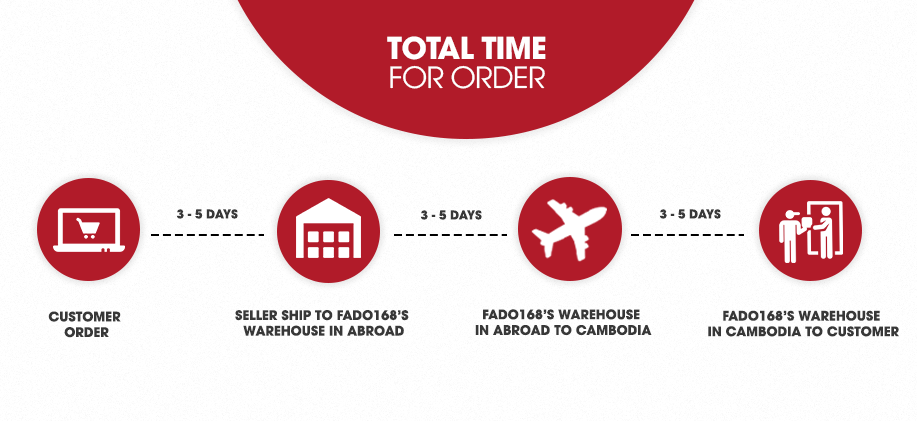Sometime after I originally published this book in 2012, people started using the term data science as an umbrella description for everything from simple descriptive statistics to more advanced statistical analysis and machine learning. The Python open source ecosystem for doing data analysis (or data science) has also expanded significantly since then. There are now many other books which focus specifically on these more advanced methodologies. My hope is that this book serves as adequate preparation to enable you to move on to a more domain-specific resource.
The first edition of this book was published in 2012, during a time when open source data analysis libraries for Python, especially pandas, were very new and developing rapidly. When the time came to write the second edition in 2016 and 2017, I needed to update the book not only for Python 3.6 (the first edition used Python 2.7) but also for the many changes in pandas that had occurred over the previous five years.
Now in 2022, there are fewer Python language changes (we are now at Python 3.10, with 3.11 coming out at the end of 2022), but pandas has continued to evolve. In this third edition, my goal is to bring the content up to date with current versions of Python, NumPy, pandas, and other projects, while also remaining relatively conservative about discussing newer Python projects that have appeared in the last few years. Since this book has become an important resource for many university courses and working professionals, I will try to avoid topics that are at risk of falling out of date within a year or two. That way paper copies won’t be too difficult to follow in 2023 or 2024 or beyond.


